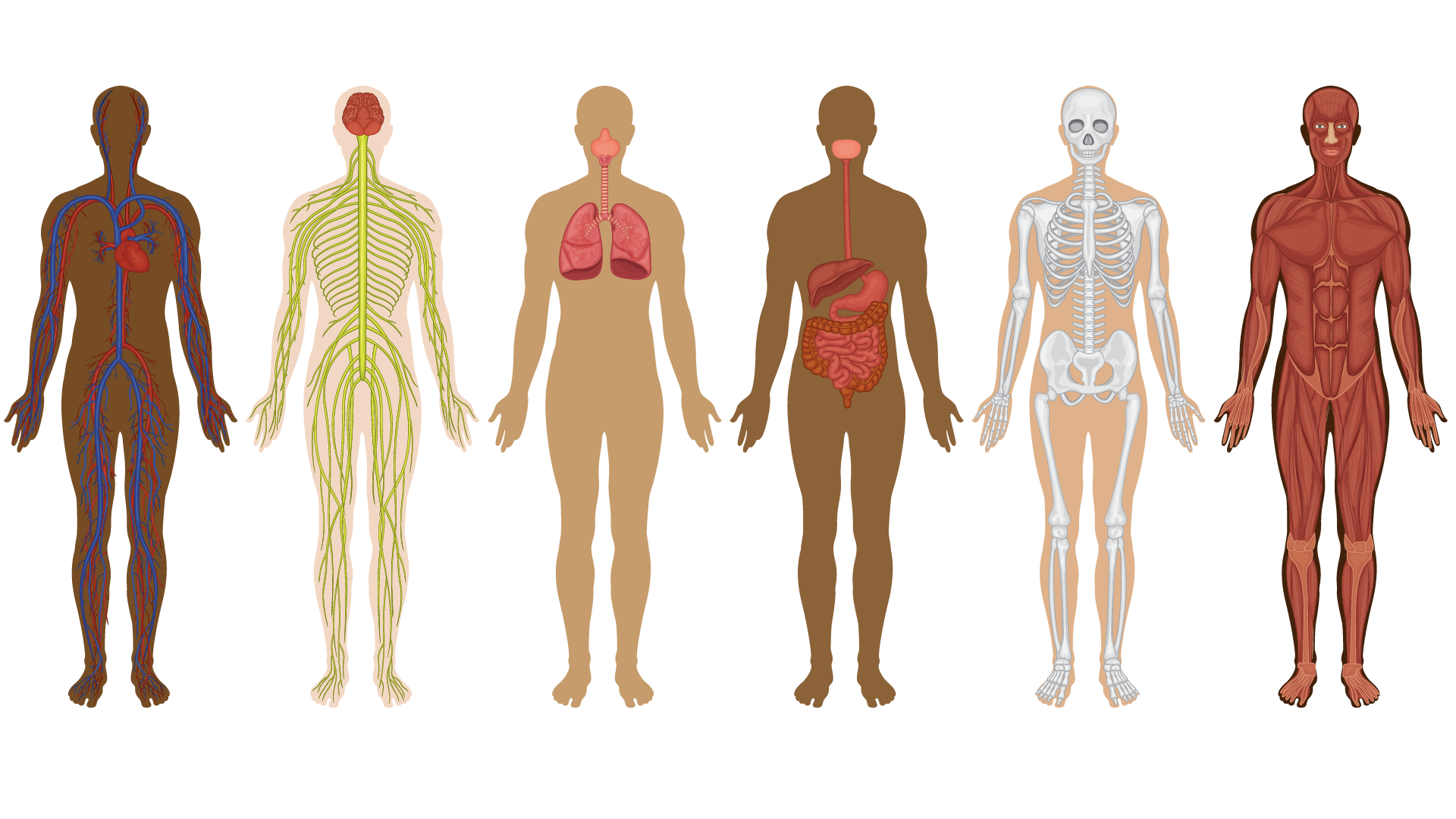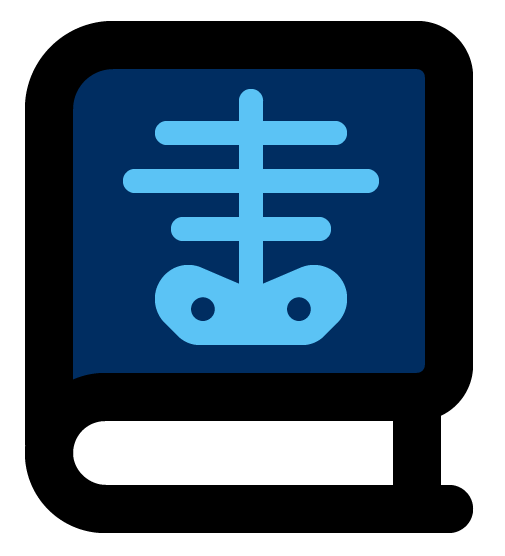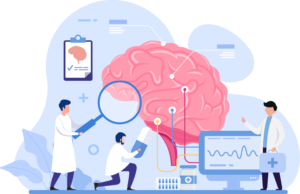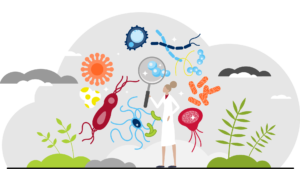Since its inception in 2020, the Medicine Digital Learning site has grown to encompass over 1,000 pages of faculty-created learning materials, with over 100,000 page views from students, faculty, and staff. Resources for many of our curriculum’s components are included here, comprising a comprehensive source of information for all four years of our students.
These materials cover a wide range of content, with many different kinds of organization. I’ve written this post to share some examples and help faculty consider if their materials might be well served by living on the MD Learning site, too.
An easy place to start: Do you have a collection of learning materials?
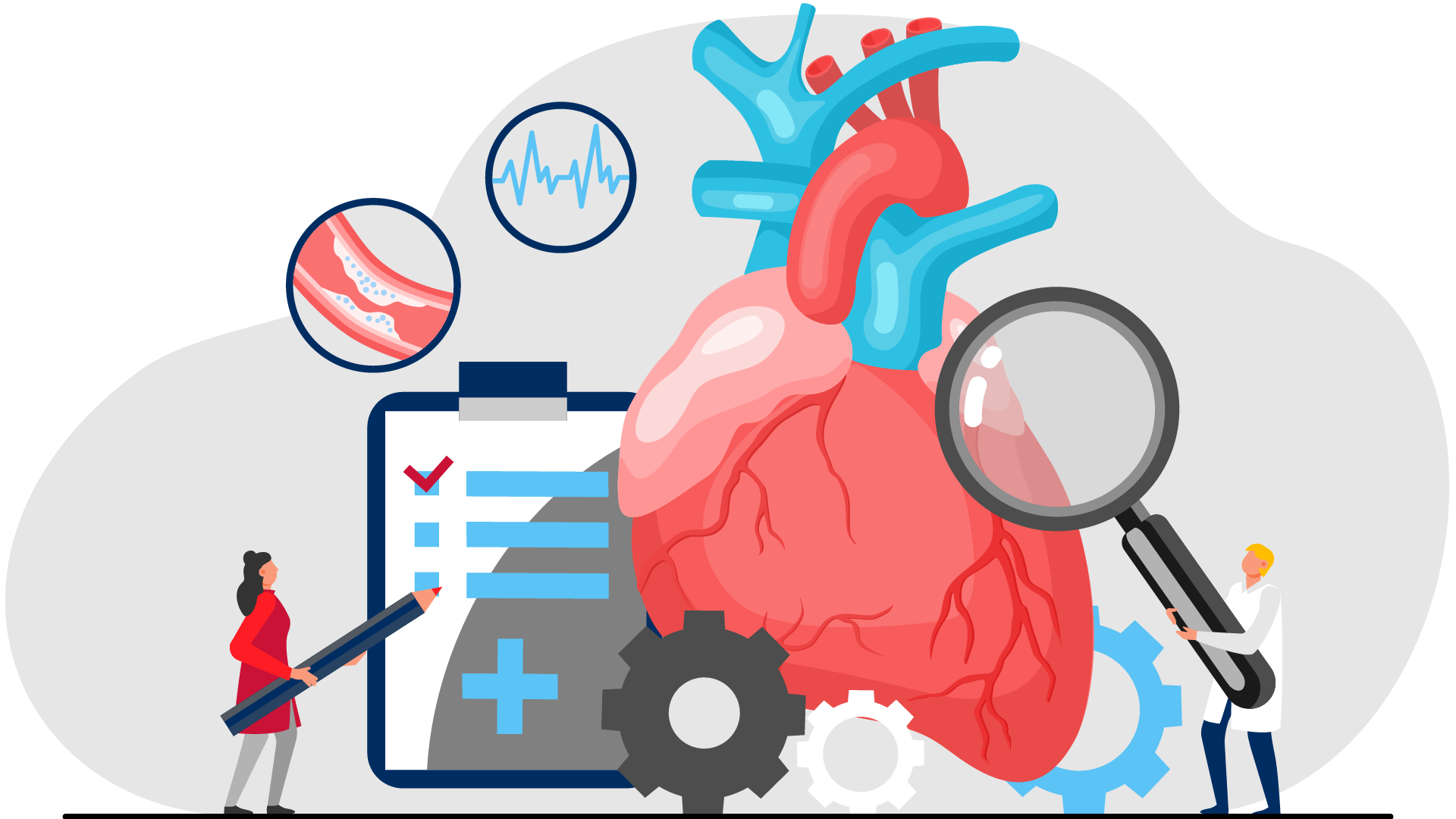
The Cardiovascular System is an example of bringing resources from across the curriculum together into one place. It includes:
-
- A review of pertinent reading from the Gross Anatomy thread: links to chapters of the textbook.
- Videos from skills covered in Art and Practice of Medicine.
- A series of ECG videos that are valuable to students in all four years.
- A full fourth-year course.
- Links to library resources.

Talk to Amy Denman at your debrief
Talking to our Learning Design consultant, Amy Denman, at your system or thread debrief is a good place to start. She sees all of your Powerpoints and session resources and sees where your materials might work.
Have you written materials for the students?
The Gross Anatomy thread has a bounty of anatomy material on the Learning site.
-
- The Gross Anatomy textbook, written by Dr. Conley and Katrin Roberge and edited by Dr. Helbling, has gone through a journey of formats: first as Word documents, then as two versions of iBooks. It will be a ~50 chapter textbook here on the Learning site this year. In addition to the text written by faculty, it includes optional reading, interactive drawing activities, and links to Bates videos—an incredible resource!
- The Dissector, which the students review on their own ahead of sessions and then use as a guide on the big displays in the anatomy lab, includes links to Complete Anatomy (a 3D anatomy app).
- Anatomy Review, a series of interactive Powerpoints created by Dr. Helbling, where the students can quiz themselves on tricky content.
Keep in mind that these materials did not happen overnight!
The textbook came before the first cohort of students started at the college (and it will have taken a year and a half to get it all put onto the Learning site); the Dissector came a year or two later; Anatomy Review came after that. It takes time to build up this much material! Start with what you've got, and then build on it the next year.
We iterate
Our general philosophy: Do what you can now, then do more the next time around.
Here are two more examples of some materials that started simple and, over the years, have become robust learning resources:

Virtual Neurology started as a series of Powerpoints, then became a Rise guide, and now is a full, interactive 15-section course.
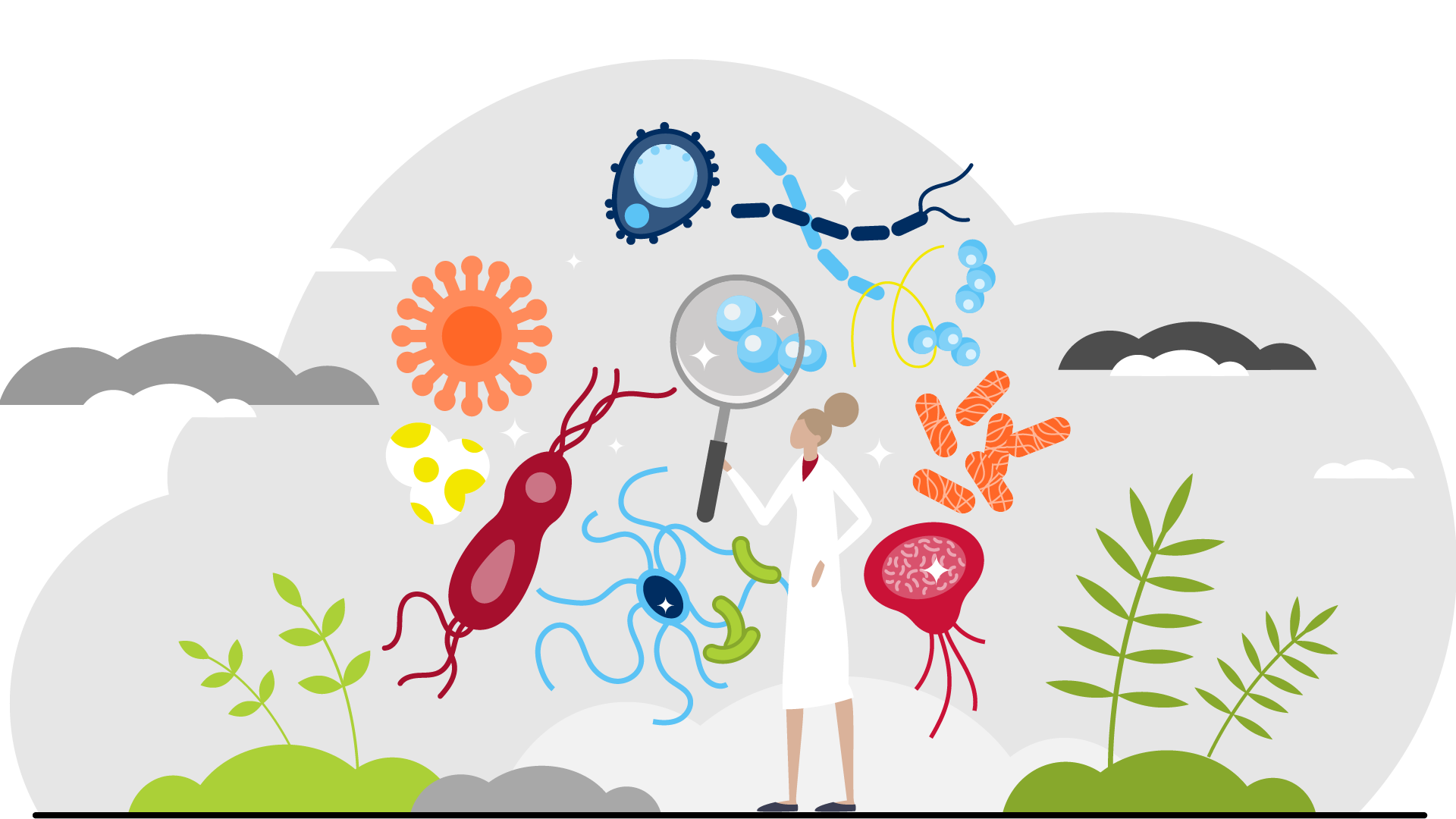
Microbiology and Infectious Disease—a complex web of materials—contained only Parasitology materials the first year, and it now includes an extensive textbook and a session guide.
Have you recorded videos for the students?
Our faculty have created some wonderful video series that live on the Learning site.
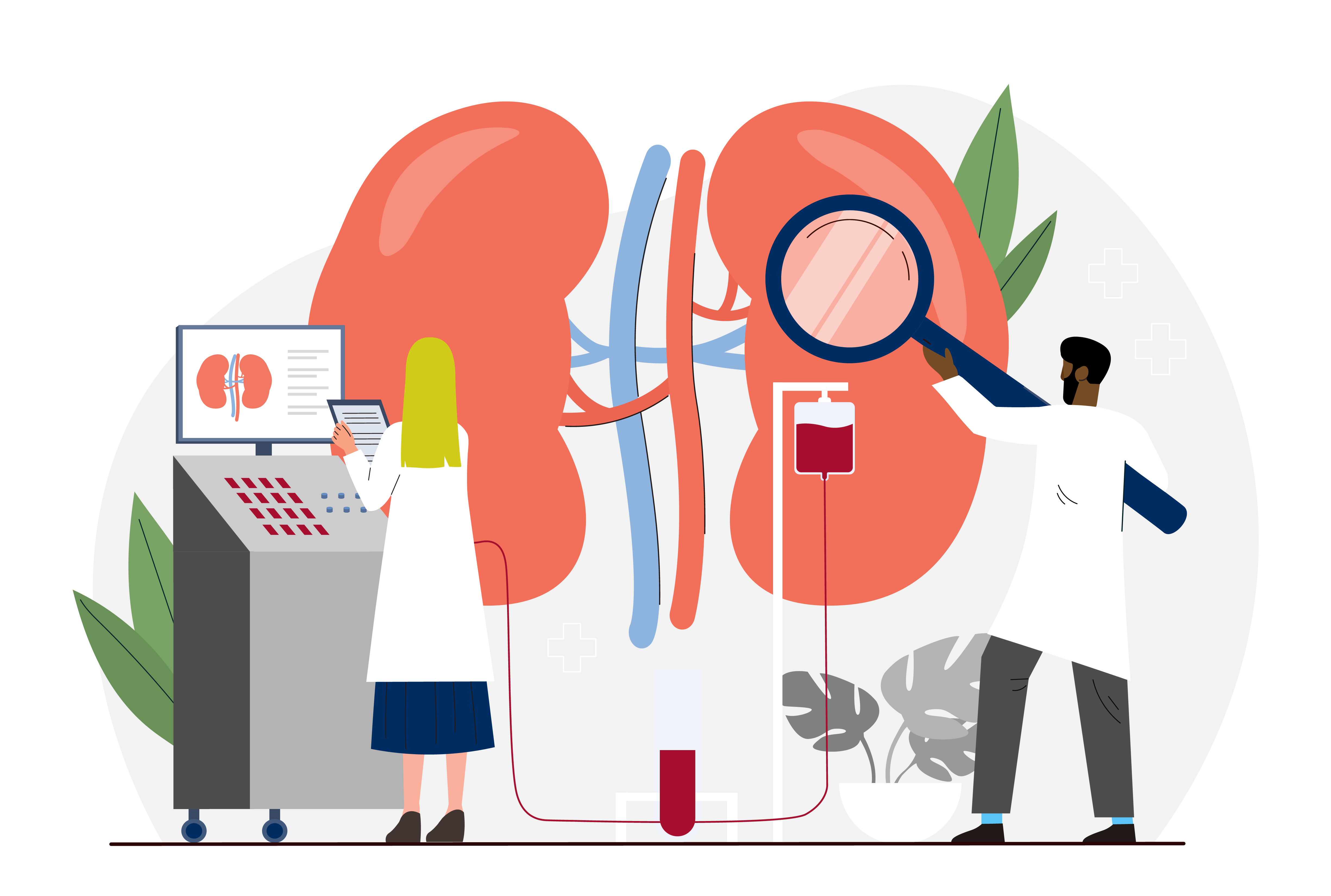
Dr. Mroch's Nephlix in the Urinary/Renal System were created using Explain Everything. It seems like they get high marks from the students every year in evaluations.
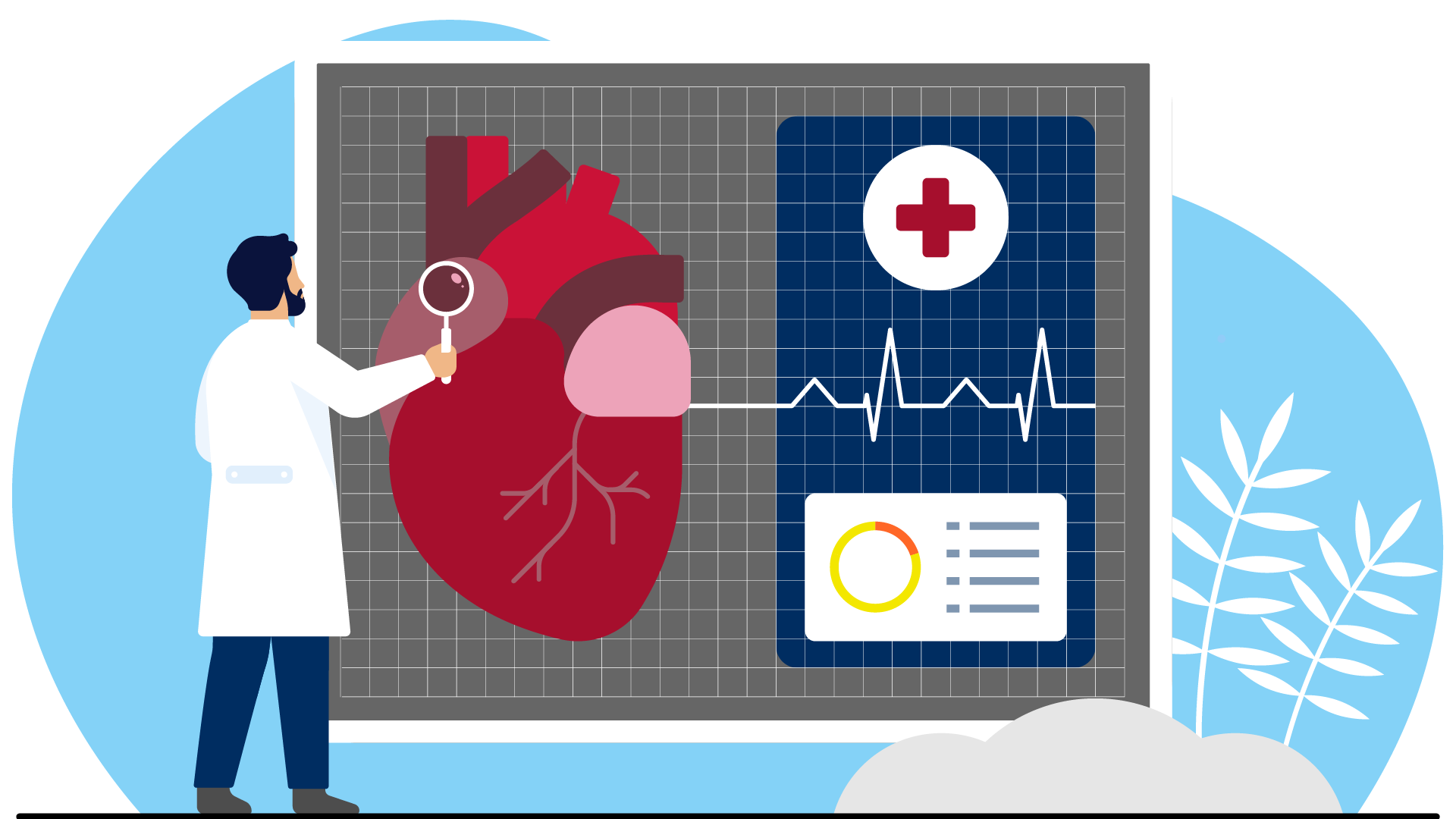
Dr. Anderson's ECG Shorts are voiceover Powerpoints. These are longer and more comprehensive than other video examples, so they include a table of contents that helps students navigate to the topics that they want to review.

Clinical Skills videos in the Art and Practice of Medicine are recordings of how to perform different exams.
Have you created a full course, with modules?
We do that, too—see Global Health, Virtual Neurology, and Virtual Public Health for examples of fourth-year courses.
Do you create session guides?
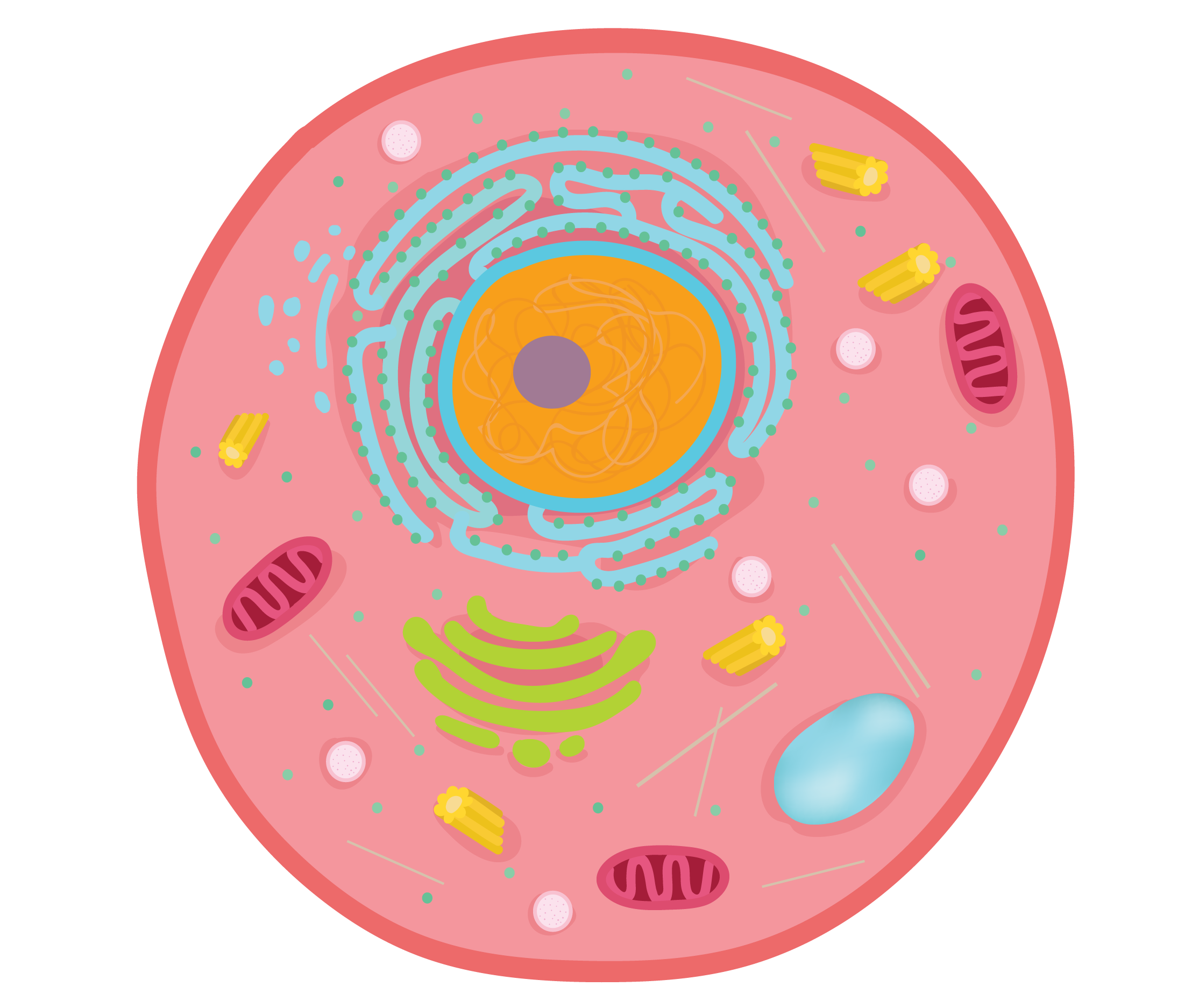
Molecular Biology, and Biochemistry materials are organized by session, with very clear learning goals, reading guides, and lists of exactly topics what students need to know.

Microbiology and Infectious Disease also includes session guides, with cross-references to the Micro-ID Compendium textbook.
Do you have a collection of resources?

See Dr. Kopp's Ob/Gyn and Reproductive Health page for a repository of resources—podcasts, readings, videos, apps, documents—for all kinds of learners in four years of medical school.
Would any of these work for your style of teaching?
If you've got a Word doc full of resources for students that you often find yourself emailing, it might be better served by living on the Learning site!
Would case studies help explain your subject?
Microbiology–Infectious Disease and Virtual Neurology use case studies to help teach.
Would activities help the students check their learning?
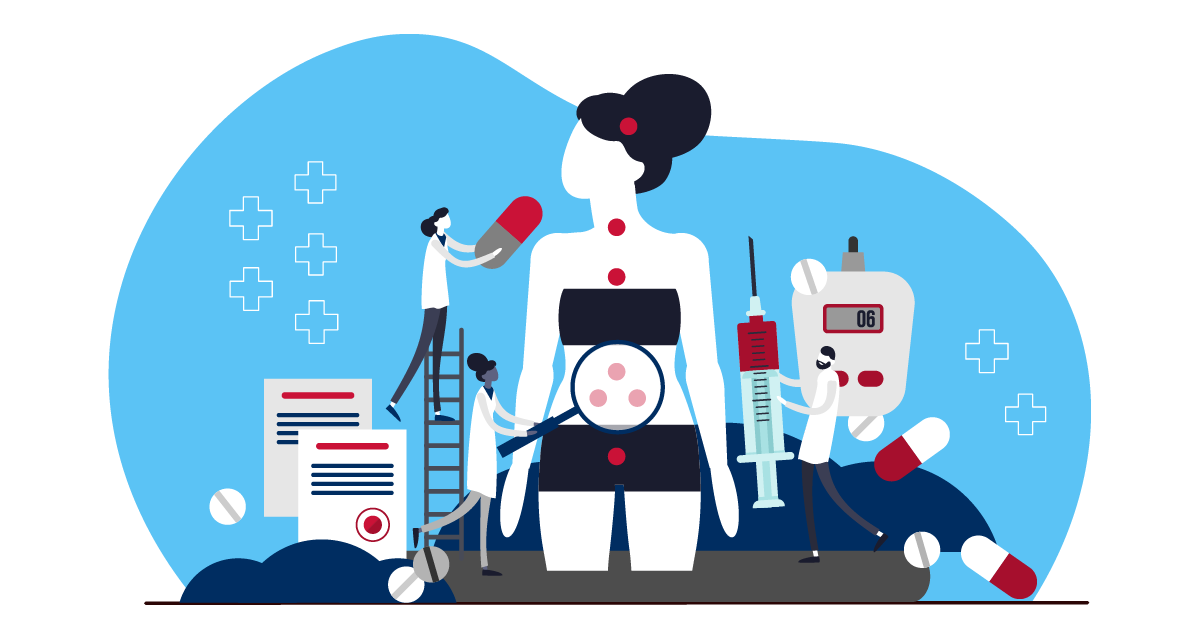
Our Endocrine System pages have fun learning activities included, such as a Connections game, crossword puzzle, sorting activities, and more. The material is organized by session, with an easy page of high-yield slides, too, right at students' fingertips.
These can be used in and out of class.
For example, Dr. Kiwalkar links to the activities in her session Powerpoints via a QR code, and students work on them in class. Students can come back to the activities later on and try them again if needed, too.
Do you use video links?

Molecular Biology, and Biochemistry which is organized by session, includes learning goals with concise summaries for each. It also includes Osmosis links whenever possible.
Would any of these work for your style of teaching?
Please get in touch with Digital Publishing!
What next?
-
Where do I start?
- We can talk first, or you can create an outline that is as detailed as you have time for, and we’ll do a sample. It is often illuminating for authors to see their materials in a new format—gaps become more easily identified, and what might seem like a scatter of information looks unified and organized.
- Authors determine what they want to include, and as such, every project is different. It is our job to make it look and feel consistent with the rest of the materials on the Learning site.
- This is digital work, so nothing has to be perfect on the first try (when do we ever achieve perfection?). Just start with something!
-
Who does this work?
- Faculty have a lot on their plate already, so don’t worry: the Digital Publishing team does the design and production work for you. Learn more about our services on the About Digital Publishing page, or see our portfolio.
-
What materials should not go on the Learning site?
- The Learning site is not a learning-management system! We are lucky to have E.Flo MD for that.
- Learning objectives (we can and do include Learning Goals, but E.Flo MD is where explicit Learning Objectives go).
- Date-specific information: The Learning site is a digital bookshelf for our readers to use as a reference whenever needed. As such, dates quickly become inaccurate and maintenance is cumbersome. We make exceptions when it makes sense, though.
-
Send Digital Publishing a message, and we'll see what is possible.

